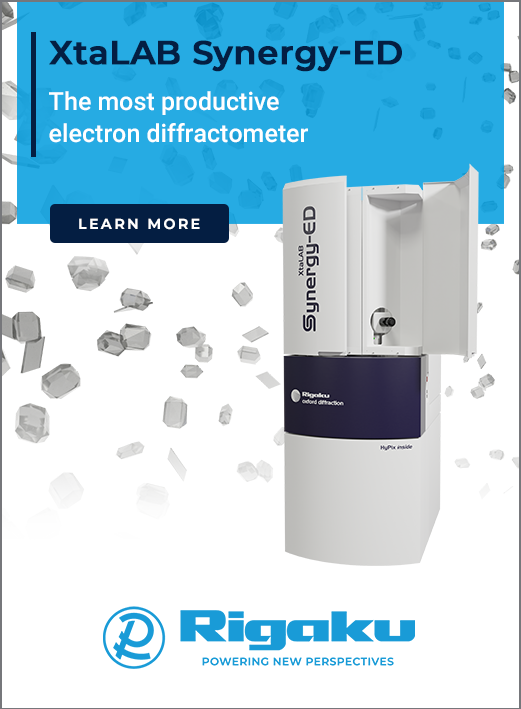


Special report
News from the Cambridge Structural Database
![Thumbnail [Thumbnail]](https://www.iucr.org/__data/assets/image/0011/155765/IUCr-Dec-newsletter.png)
3D searching.
3D search crystal structures online
3D searching is now possible online using WebCSD. This allows you to search the Cambridge Structural Database (CSD) with constraints on specific parameters: angle, centroid, plane, vector or point on line (dummy points in ConQuest). This feature is now available to all users with a full CSD licence, including academic licences. You do not need to perform an installation or update, the change will be visible next time you log in.
Learn how to set up a 3D search in this tutorial blog.
The CSD has hit 1.2 million structures
We are delighted to report that with your help, the CSD has now hit 1.2 million structures! The November 2022 data update contains over 8000 unique structures. Alongside this data release, we are also making enhancements to our CSD software portfolio to help you get the most out of this wealth of data. Learn more about our data and software releases and how to stay up to date here.
Conclusions of the 7th Crystal Structure Prediction Blind Test
In the 7th Crystal Structure Prediction (CSP) Blind Test that ran from October 2020 to September 2022, seven structures of 2D systems that had been experimentally analysed but not published (‘blind’) were released to participants along with some experimental conditions.
The seven 2D structures included Cu- and Si-containing systems that pushed the boundaries of CSP beyond the pharmaceutical sector to areas such as electronics and photonics. Other structures included one of the most challenging systems in CSP Blind Test history – a large, highly polymorphic, pharmaceutical drug candidate – along with agrochemicals and a food flavouring.
![[Fig. 1]](https://www.iucr.org/__data/assets/image/0011/155792/csp7.png)
More experimental data was released over the course of the test to simulate real world conditions.
Participants included groups from both industry and academia, and all compounds successfully had their experimentally observed crystal structures predicted by at least one group from landscapes of 1K+ potential structures.
In one challenge, a PXRD pattern for an observed crystal structure was provided alongside the 2D chemical structure. This emulated a common situation where a single crystal structure is unable to be obtained, but a poor-quality powder pattern is. This showcased an application of CSP to industrially relevant molecules.
CSP is an ever-evolving discipline and the 7th Blind Test identified future challenges including disorder prediction that had previously been disregarded owing to its complexity but is now more industrially relevant to solve as bigger molecules with more flexible groups are being seen in drug development; more challenges that reflect industrial reality; and continued broadening beyond pharmaceuticals to solid-state devices.
“Thanks to collaborative initiatives like the CCDC blind test, the complex field of CSP is advancing rapidly, taking advantage of machine learning techniques and the availability of ever-more powerful computing resource,” says Dr Jürgen Harter, CEO, CCDC. “I look forward to future Blind Tests addressing challenges such as structure ranking, overprediction and disorder.”
A scientific paper with full results is being prepared and will be submitted for publication in 2023. Preliminary detailed results, including how many groups correctly predicted each target, the lowest rankings, CPU time used and details of methodologies are available by emailing [email protected].
CCDC training, events, webinars and conferences
CCDC is planning more webinars and Virtual Workshops for 2023 so do check our events page for more details on dates and topics. If you would like to suggest topics for our sessions in 2023 you can email us at [email protected]. If you can’t wait until 2023 we also have five free online courses where you learn about structural chemistry and the CSD. Find out more here. We will also be sponsoring and presenting at the PCCr3 crystallography meeting in Nairobi, Kenya, in January 2023. If you’re attending please say hello to the CCDC team!
Copyright © - All Rights Reserved - International Union of Crystallography









